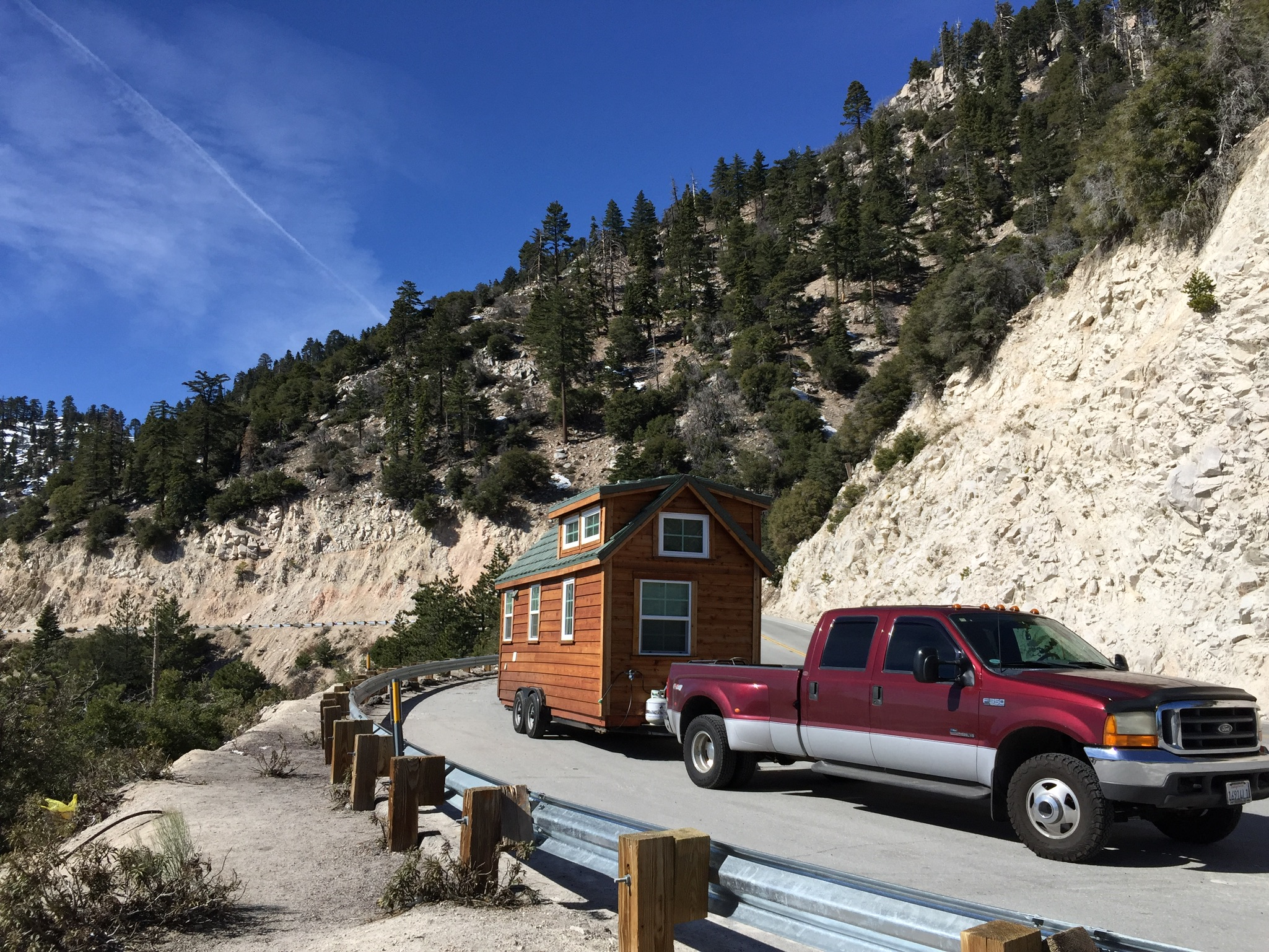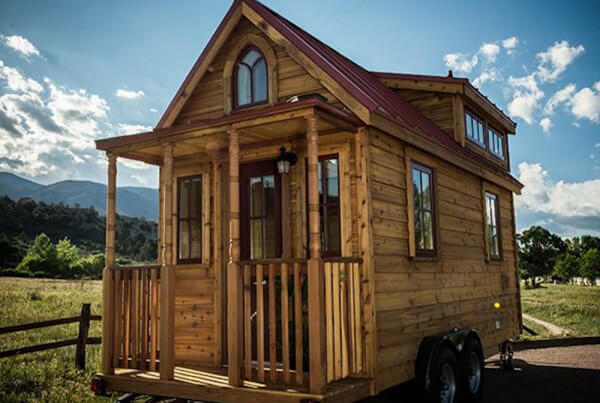Tiny House Villages: What the Mt. Hood Village in Portland and University Research Reveal About the Movement

The tiny house movement has gained many followers and enthusiasts around the world. Ecology, economy, convenience and energy conservation are only a start. Let’s face it — they’re just so cute! One could argue that a tiny house — officially any home of less than 1,000 sqare feet — is really just a glorified caravan, merely replacing metal with a “down-home” wooden and rural vibe. But then, what’s wrong with caravans? They can be pretty cool too.
If your idea of living doesn’t quite stretch to towing a caravan around and you’re not keen on the idea of living in a trailer park, then there’s a contemporary, cutting-edge solution: tiny villages!
According to Brandon Irwin, Assistant Professor of Kinesiology at Kansas State University, the impact and feasibility of tiny house dwellings combined with living in a tiny village (a community of static tiny houses) is just healthier.
“It does a few things for one’s health, including creating a better sense of community, satisfying people’s basic needs for relationships, offering affordable housing options, and encouraging physical activity through community gardens and walking to urban establishments,” said Brandon Irwin.
Though isn’y a tiny house just a glorified mobile home? Well, not exactly. When people live together in small mobile dwellings on a patch of land, it can be perceived as a little down-market, so the contemporary cache of the tiny house can only be a positive thing.
“Tiny houses have a different connotation to them; they are typically seen as a middle or upper-middle-class housing structures,” said Irwin. “We know that’s not the case — they can be economical — but we can harness the image that they have to address a real problem: affordable housing.”
A grant from the Department of Ecology has allowed Irwin and his co-researcher Julia Day, Assistant Professor in Interior Design, to investigate the introduction of tiny villages to the U.S. housing market, taking account of such ecological considerations as solar panels and low water use.
“It is beneficial to thoughtfully select building materials without harmful chemicals to increase indoor air quality and health,” Day said. “In addition, there are many known health benefits for natural lighting and fresh air in living spaces, a common theme in many tiny house designs.”
https://youtu.be/cjqld4qhnMc
A lovely example of a tiny house village is at Mt. Hood, in Portland. The Tumbleweed Tiny House Company was founded in 1999. At Mt. Hood Village, the houses really are tiny — ranging from just 175 to 260 square feet. The Tumbleweed Tiny House experience invites full input from the potential owners into the style and design of their homes. The homes are also certified green:

The shells of Tumbleweed ‘Hero’ homes
“We take our social responsibility for a cleaner world seriously. That is why we are inspected by TRA to certify that we are producing a green RV. From our plant to our manufacturing processes to the materials we use in your Tumbleweed—we keep it green,” according to the Tiny House Village at Mt. Hood’s website.

Mario Soto’s tiny house


Mario Soto has published his Tumbleweed tiny house journey and continuing adventures in the creation of tiny houses online. With a salt-water battery system enabling himself and his fiancée Carra to live off grid and use an outdoor solar oven for open-air cooking, Mario is also perfecting his Atmospheric Water Generator, which is creating up to 8 gallons of clean water per day from air moisture. By selling their original tiny house, he and Carra want to raise funds to create a more souped-up, though still tiny version.
“For the people who are hesitant about going tiny, you do not know unless you try it. It could make other parts of your life even bigger,” said Mario Soto.




